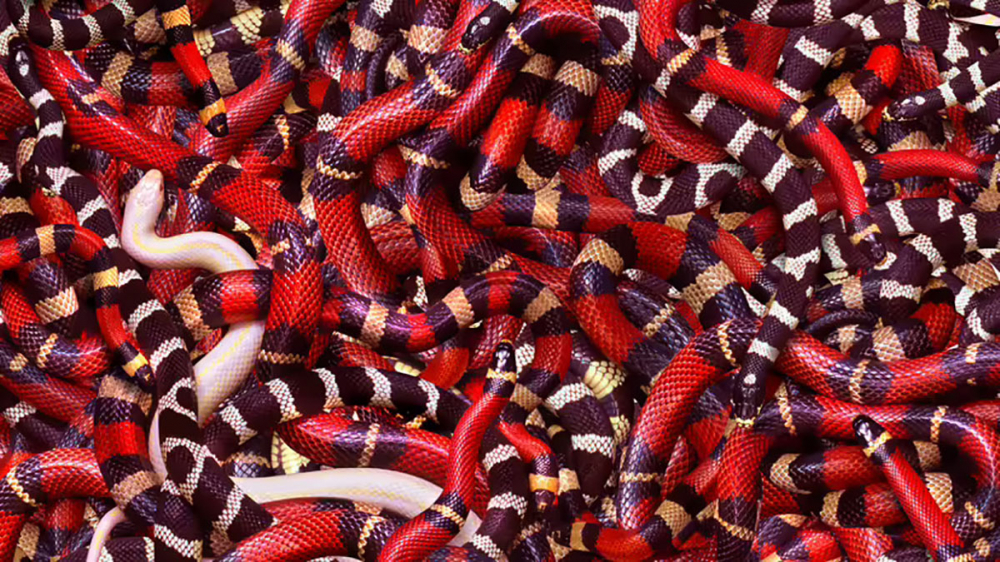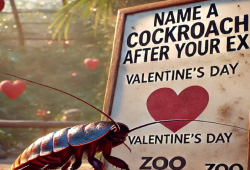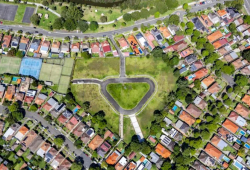
Knowledge | Posted by Hnin Ei Khin
Fancy a trip to an island swarming with 4,000 of the world’s deadliest snakes that pluck birds out of the sky and kill them with a venom that can melt human flesh?
That’s what awaits you if you travel to Ilha de Queimada Grande 20 miles (32 km) off the coast of Sao Paolo, Brazil, which is home to the golden lancehead viper.
In fact, the island is deemed so dangerous that visiting it was been banned by the Brazilian government - although not before numerous people foolishly ventured there in the past.
 (Pictured is Ilha da Queimada Grande, an island 20 miles (32 kilometres) off the coast of Sao Paolo in Brazil. Visitors to the island are prohibited by the Brazilian government owing to the several thousand resident deadly snakes known as golden lancehead vipers, which have venom that is potent enough to melt human flesh)
(Pictured is Ilha da Queimada Grande, an island 20 miles (32 kilometres) off the coast of Sao Paolo in Brazil. Visitors to the island are prohibited by the Brazilian government owing to the several thousand resident deadly snakes known as golden lancehead vipers, which have venom that is potent enough to melt human flesh)
Ilha de Queimada Grande, understandably nicknamed ‘Snake Island’, is a piece of land 4.6 million square feet (430,000 square metres) in size.
Ilha de Queimada Granda is the only place in the world where Bothrops insularis, also known as the golden lancehead viper, can be found.
It grows to an average length of 28 inches (70 centimetres) but can reach a maximum of 46 inches (118 centimetres).
Its venom can eat flesh and tissue, making prey easier to swallow, while a neurotoxin kills the prey.
Its diet consists mostly of birds, although it has been reported to eat lizards and even cannibalise on other snakes.
And it’s also thought that poachers have been known to visit the island and claim a golden lancehead viper for their own, with their price fetching as high as £17,500 ($30,000) on the black market.
The predominant theory is that 11,000 years ago sea levels rose and separated the island from Brazil, which left the snakes on the island with limited sources of food save for migrating birds.
 (The golden lancehead viper (Bothrops insularis), pictured, is only found on this one island. Here University of Sao Paulo researcher Marcio Martins holds one snake while watching another. The snakes have been known to kill humans in the past, including a hapless fisherman who stumbled across the island)
(The golden lancehead viper (Bothrops insularis), pictured, is only found on this one island. Here University of Sao Paulo researcher Marcio Martins holds one snake while watching another. The snakes have been known to kill humans in the past, including a hapless fisherman who stumbled across the island)
 (Ilha de Queimada Grande, understandably nicknamed 'Snake Island', is a piece of land 4.6 million square feet (430,000 square metres) in size found 20 miles (32 kilometres) off the coast of Sao Paolo, Brazil)
(Ilha de Queimada Grande, understandably nicknamed 'Snake Island', is a piece of land 4.6 million square feet (430,000 square metres) in size found 20 miles (32 kilometres) off the coast of Sao Paolo, Brazil)

(The island is believed to have become separated from the Brazilian mainland 11,000 years ago when sea levels rose, which forced the native snakes to evolve their potent venom in order to catch airborne prey. The island is devoid of almost any human visitors, save for a few scientists, poachers and the navy on occasion)
Ilha de Queimada Grande roughly translates as ‘the island of the slash-and-burn fire’, so-called because of a failed attempt to develop a banana plantation on it.
However, in the last 15 years the population of snakes on the island as reduced by as much as 15 per cent, due to a combination of vegetation removal and disease.
Ref: Snake Island has approximately 1 snake per square meter (animals.howstuffworks)









